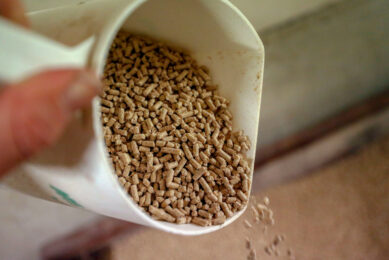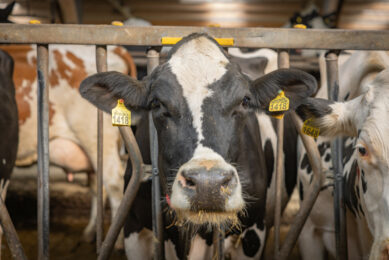FDA positive on MGT yeast as processing aid
Renewable fuels company Mascoma from New Hampshire, USA, announced that the US Food and Drug Administration (FDA), after scientific review, supports the use of the Mascoma Grain Technology yeast product as a processing aid in the production of animal feed, as a by-product of the corn ethanol conversion process.
MGT is the first commercial application of Mascoma’s proprietary consolidated bioprocessing (CBP) technology platform and is designed as a drop-in substitute for conventional fermenting yeast.
The MGT product is manufactured and distributed by Lallemand Ethanol Technology (LET) and jointly marketed and sold by Mascoma and LET.
MGT lowers costs for corn ethanol producers by alleviating the need to purchase most of the enzymes currently used in corn ethanol production. Plus, pilot-scale test runs of the next generation MGT product demonstrated ethanol yield improvements of up to 3.4%.
New feed ingredient definition
Following a scientific review of Mascoma Corp’s yeast for corn ethanol plants, FDA’s Center for Veterinary Medicine has come out in support of establishing a new feed ingredient definition for the product.
Following a scientific review of Mascoma Corp’s yeast for corn ethanol plants, FDA’s Center for Veterinary Medicine has come out in support of establishing a new feed ingredient definition for the product.
Mascoma announced the favourable review Feb. 22, after the FDA sent a letter to the Association of American Feed Control Officials (AAFCO).
The company has been working to get MGT included in AAFCO’s official publication as an acceptable product for use in dry grind corn ethanol plant production of distillers grains for animal feed, a voluntary step for ethanol yeasts.
MGT is the company’s first commercial application of Mascoma’s proprietary consolidated bioprocessing (CBP) technology, which utilizes microorganisms that allows the company to streamline the biomass conversion process to convert a variety of feedstocks to renewable fuels and chemicals.
Commercial-scale testing of MGT began during the fourth quarter of 2011 at multiple corn ethanol plants. It is now commercially available and the company expects to start generating revenues this quarter.
The product is designed as a “drop-in substitute for conventional yeast” and will lower costs because producers won’t need to purchase most of the enzymes currently used.











